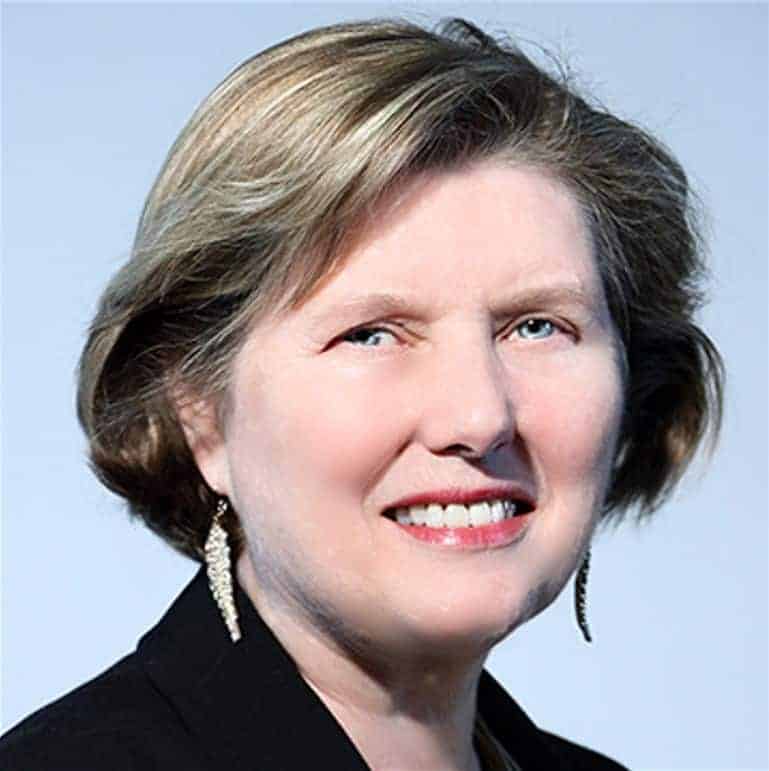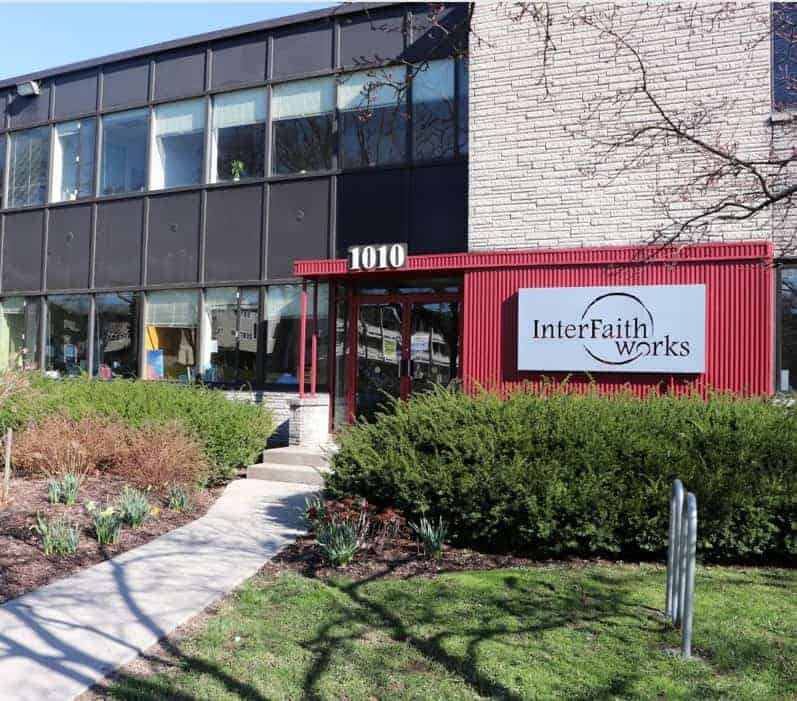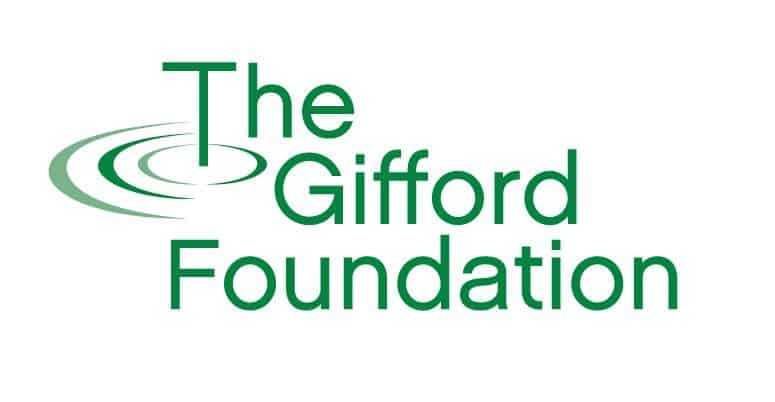A Lesson in Bouncing Back
In 2017, InterFaith Works faced an existential crisis when unprecedented restrictions in refugee resettlement threatened to take away their primary audience. By carefully assessing their situation, President/CEO Beth Broadway moved the organization into an era of record growth. Their story reveals important lessons about the power of self-reflection and operational flexibility.
Published February 8th, 2022
Over the past five years, InterFaith Works has experienced some of its highest and lowest points in recent memory. One of the organization’s central foci, serving New Americans, means that it is buffeted by the winds of foreign policy much more than other CNY nonprofits. When the 2016 Presidential Election resulted in changes to US immigration policy with severe implications for InterFaith Works. The number of refugees accepted into the United States declined annually to a new low of 15,000 in 2020 – the lowest it had ever been. How could they survive as an organization if a primary audience was disappearing?

Beth Broadway has been the Executive Director of InterFaith Works for 12 years.
“In 2017 when we saw the writing on the wall, we sat down as a staff and board and asked, ‘what is this going to mean for us’,” said InterFaith’s President/CEO Beth Broadway. “We did some strategic long-term planning that was really crisis planning.” In the past, they could count on a relatively steady stream of New Americans arriving each year. The only time this had ever changed dramatically was during the period immediately following the 9-11 terrorist attacks, says Broadway. “Resettlement had never stopped before because of negative sentiments towards refugees coming from the top down, so we became worried that this might be for the long haul.”
Following this policy shift, federal funding opportunities began to dry up. “During 2016-2020, we lost a really important grant that had allowed us to do citizenship and immigration work,” says Broadway. They also saw a decrease in grant dollars for some of their other services like support for seniors in nursing homes. Recognizing that the current course was no longer sustainable, they acted fast. “We went to private donors and we said, ‘We think this will change in a couple years but we need a bridge,’ and we were able to keep the Path to Citizenship program going. This year we were able to get refunded by USCIS [United States Citizenship and Immigration Services] for an even larger amount that also encompassed our immigration services.”

Located at 1010 James Street, InterFaith Works first opened their doors in 1976 with the goal of alleviating tensions between the many religious, social, and political groups that exist in our community.
InterFaith Works also began diversifying the ways in which they served New Americans. Instead of focusing primarily on recent arrivals, they grew out their operations to serve immigrants who were already here. This included offering assistance with Green Card and citizenship applications and culturally competent support in navigating the healthcare system, among other services. In this way, their capacity as an organization was no longer tied to changes in refugee numbers in the same way that it had been.
Simultaneously they brought staff and board together to create a clear and defined legacy statement affirming who they are as an organization. “We used our mission statement as our guidepost,” says Broadway. “Our mission statement talks about building bridges of understanding, racial equity, religious tolerance, and affirming the dignity of all people. So anything that we are going to take on will have to fit into those main areas.”
They also vowed that any projects they began would be designed for the long haul, refusing to be an agency that takes away services after people have grown dependent on them. This meant ensuring that they had access to diverse revenue streams that would offer protection in the event that any one area dried up. Aside from seeking greater funding from foundations and individual donors, they have begun an endowment campaign to reach $5 million in the coming years, which would yield $250,000 in interest that can be applied to annual gap funding for programs and building expenses, but also to allow them to take some risks with new programming innovations. Broadway acknowledges that this is an ambitious maneuver, but finds reassurance in Goethe’s dictum: “Whatever you can do or dream you can, begin it.”
Although they still have a distance to cover before reaching their endowment goals, InterFaith Works’ budget has more than doubled over the past few years. They are rapidly adding new staff and services as they steadily build their impact within the Central New York Community. With the recent pullout of U.S. troops from Afghanistan, they have seen a new surge in Afghan refugees arriving alongside those from other nations. This creates new challenges as well as new opportunities for their organization.
Now in her twelfth year as President/CEO, Beth Broadway is poised to raise the resources necessary to meet the new demand for services that her agency faces. She has had time to polish her approach to securing donors. “Whether it’s an individual donor or a foundation, we have to assess the goodness of fit between what that funder wants for the world and for their dollars, and whether that fits with our mission. That’s the first advice I would give,” she says. “The next part is easy, because then you aren’t begging – you are asking for an investment.”
Framing the fundraising process as an equitable exchange of goods and services changes the dynamic of the transaction. Broadway enters such discussions with the understanding that both sides have something to gain. “We have the capacity to do certain things that you want done. You don’t have the capacity to do that all by yourself, but we have built that capacity in our nonprofit, and we can help you do what you want to do with your dollars. We are asking people to make an investment in our work and in their community.”


